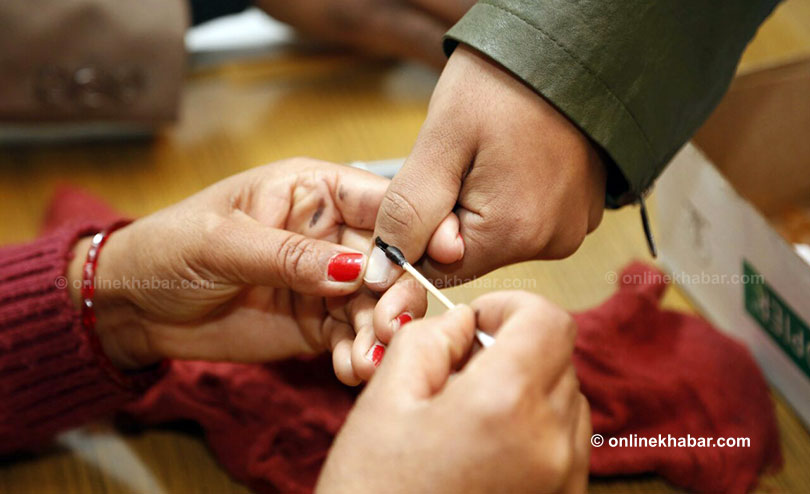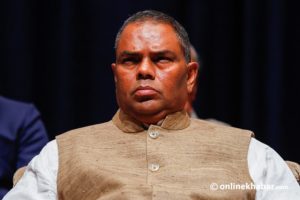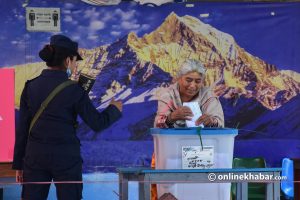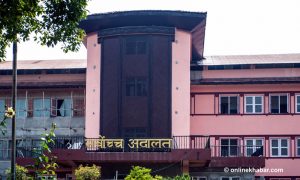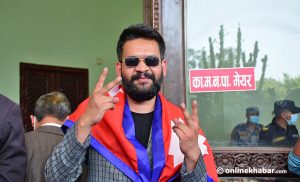Nepal is holding its second round of local elections after the promulgation of the constitution this Friday (on May 13, 2022). It will be held in six metropolitan cities, 11 sub-metropolitan cities, 276 municipalities, and 460 rural municipalities. Though it is the second, the elections might be a new experience for first-time voters.
As a first-time voter, you might not know or be confused about how to vote or what to do in general around the elections. Voting is your right, but knowing how to vote is your responsibility too. As the local elections are coming up, here are a few things to understand as first-time voters.
1. Know about all the candidates and their symbols

Not only as a first-time voter but as a voter in general, your responsibility in the elections starts even before the election day. As the elections near, candidates are busy campaigning for votes. So, either online or from the website of the Election Commission, try to get the list of candidates for the elections, in your respective locality.
Similarly, before you vote for candidates, you should know which electoral symbols they have been assigned. There are a few popular ones including those assigned to major political parties such as CPN-UML’s sun and Nepali Congress’ tree. Likewise, the CPN-Maoist Centre electoral symbol is a sickle and a hammer inside a circle.
Similarly, independent candidates who have registered with the commission have received their individual election symbols. Some of the key symbols of the candidates are walking stick, aankhijhyal (latticed window), scissors, et cetera. Whoever you vote for, as a first-time voter, you need to know all your partisan as well as independent candidates and their election symbols so that you can vote for candidates you want to vote for among those on the ballot paper.
2. Know about the positions you need to vote for
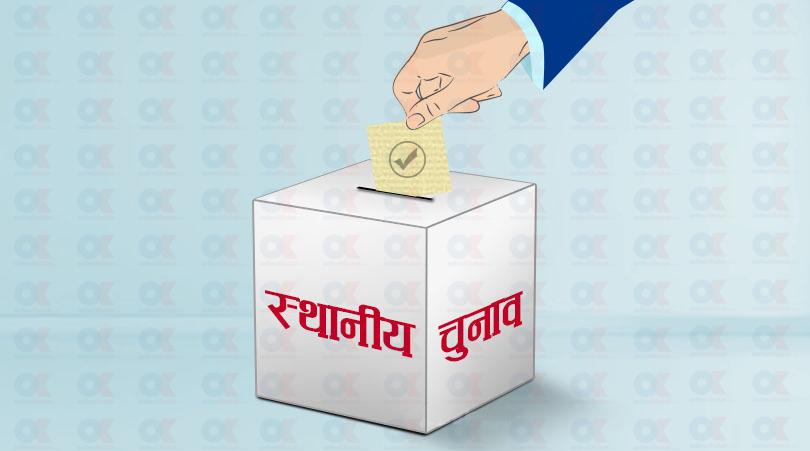
Along with that, the first-time voters also need to know what positions they need to vote for. In the upcoming local elections, you will be voting for seven positions.
You will be voting for a mayor/chair and a deputy mayor/deputy chair at each municipality/ rural municipality level. Local units are further split into wards. So in each ward, you will be voting for a ward chair and four members, two of whom must be women with one woman being from the Dalit community.
3. Know the code of conduct
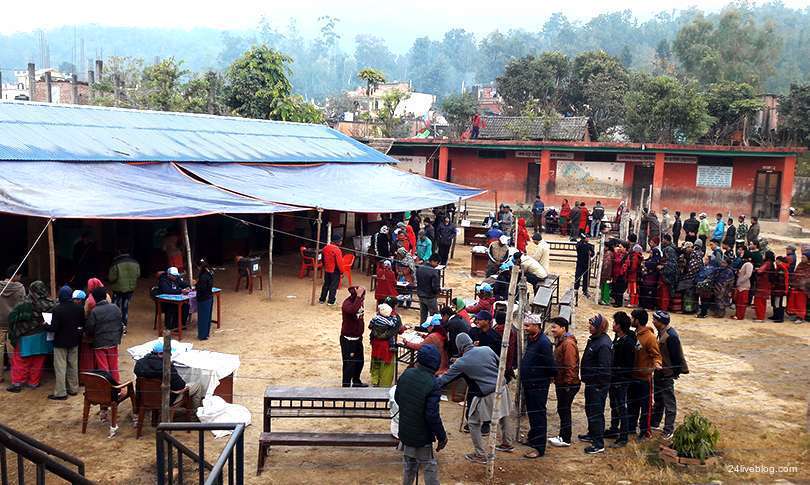
A code of conduct refers to all of the rules and regulations that participants in the election process–including the government, political parties, candidates, and those who vote for them–must follow. This is done to guarantee that everyone participates in the election as a responsible citizen and in a peaceful way. Hence, the first-time voters also need to know about this.
Here are some rules and regulations for voting:
- Different races, communities, sexes, faiths, languages, regions, and cultures must all be respected.
- Don’t carry any weapons, gadgets, drugs, or liquids with you.
- Do keep an objective, unbiased, and reliable eye on the local elections.
- This implies you should not try to persuade other people to vote for your favourite party member.
- Accept no presents or trade any other products from/with candidates, political parties, staff, or other election-related individuals.
- Make no public or mass-media comments in support or opposition to any candidate or political party.
- Carry your citizenship and voter’s card with you at all times.
- Enter the polling stations in a systematic manner and depart along the advised path.
- Don’t crowd the booths, stay in separate lines and take extra care against the Covid spread.
- To safeguard your right to privacy; do not reveal who you voted for.
4. Know how to vote
Voting in the next local elections is rather straightforward and you do not need to worry although you are a first-time voter. Make sure you have a voting card before the election day. If you do not but are sure that your name is there on the voter’s list, you might carry a citizenship certificate instead.

When you arrive at your polling booth, you will be given a ballot and a stamp to select your party member for the relevant posts and you should only use a swastika stamp, in a clear manner. Don’t forget to put a stamp on each part of the ballot paper. For the forthcoming municipal elections, there are seven areas on a single voting paper, and you should stamp one in each sector. Keep in mind the electoral symbols of your preferred candidates and fold the paper in a clear manner. Otherwise, you will wind up voting for someone else.
5. Know how not to vote
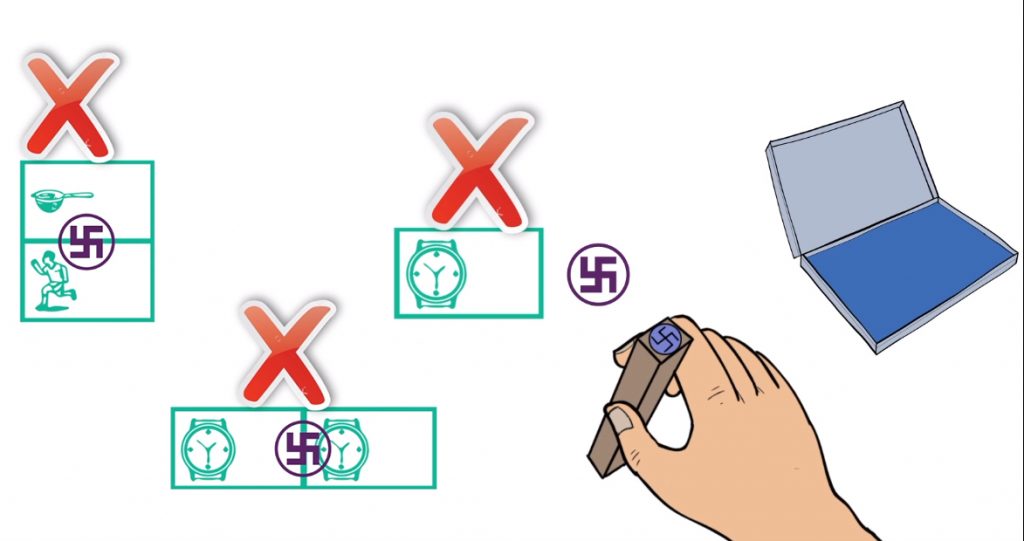
When it comes to counting votes, the Election Commission adheres to particular standards. You must provide a clear vote for your preferred candidate. While using the stamp, do not touch the lines around the box while filling out your ballot. The stamp should be put in the centre of the cell, with the stamps touching the lines from right, left, up, or down.
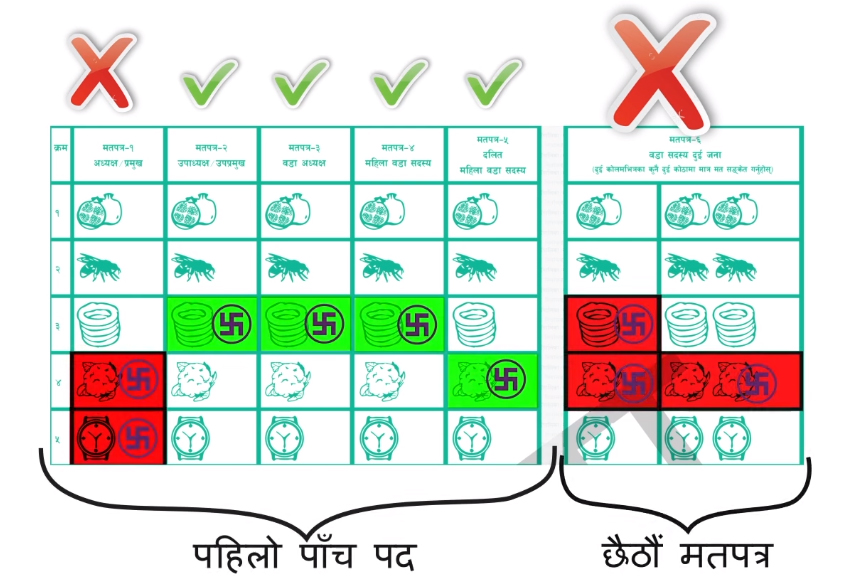
You need to put only one stamp per column or position, so keep that in mind and choose the electoral symbols of your preferred candidates. Otherwise, your votes might turn invalid, and we know, as a first-time voter, you do not want your vote to not be counted.



